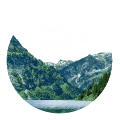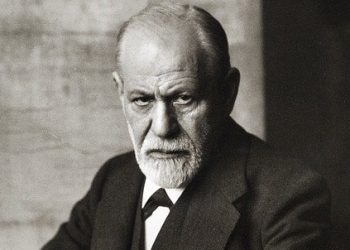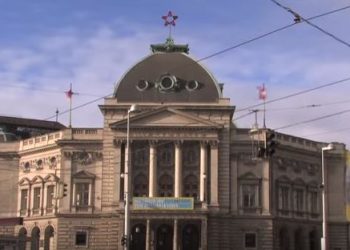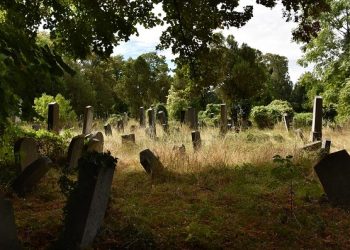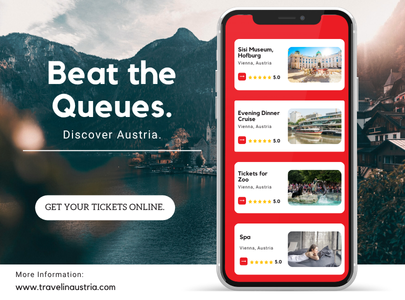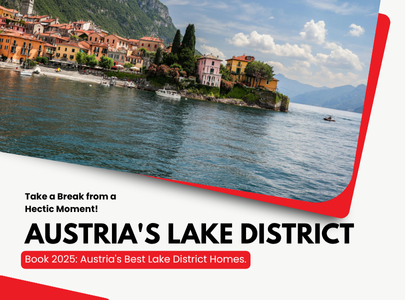The city of Vienna was always surrounded by a protective wall. Due to the city’s growth, Emperor Franz Joseph I decided to demolish the walls and in their place build a grand street to aid the city’s development. This street is the Ringstraße we know today. During the demolition of the walls, the mayor of Vienna proposed building a city park where part of the city walls once stood. The mayor’s proposal was accepted, and the decision was made to establish a municipal garden in the style of English gardens – the City Park.
After several years of construction under the management of Rudolf Siebeck, the garden was opened to the public in 1862, becoming the city’s first public garden. Initially, the garden was only on the left bank of the Vienna River, but in 1863, the area on the other side of the river was added. This area was designated for children and sports and was called the Children’s Park (Kinderpark). Many types of plants were planted throughout the park to ensure that the vegetation would flourish in all seasons.
To connect the two sides of the river, a bridge now known as the Stadtparkbrücke (City Park Bridge) was built. In parallel, the magnificent garden building called the Kursalon was constructed. This building was built in the Italian Renaissance style with a spacious terrace. When the building opened in 1867, it was forbidden to use it for entertainment purposes, but this ban was soon lifted, and fine concerts began to be held there. Johann Strauss II performed a wonderful concert in this building in 1868, and that was just the beginning. The building quickly became a popular place for concerts and dance events. Today, the building is used for balls, concerts, performances, dance parties, and conferences. Additionally, there is a café and a restaurant inside the building.
Throughout the year, you can attend classical music, ballet, and opera concerts at the Kursalon. On the official concerts website, you can enter the discount code AU10 and receive a 10% discount on concert bookings. Enter the code in the “Promo Code” line on the payment page. Book discounted tickets for concerts at the Kursalon on the official website.</a>
In the heart of the park, there is a restaurant built inside an old house that was renovated after the war. The restaurant is called Meierei and it offers a wide variety of different types of cheese.
Important Statues in the City Park
The City Park is the park with the largest number of statues and monuments in Vienna.
The most important statue, and also the most beloved among visitors, is the monument to Johann Strauss. It is a gilded bronze statue in memory of the gifted artist. This monument was erected in the 1920s.
Other statues in the park include those of Franz Schubert, Franz Lehár, Hans Makart, and more.
Essential Information for Visiting the City Park
The park is open to the public and admission is free. On a warm summer day, it is worthwhile to take a leisurely stroll in the park and enjoy its beauty. Take some food and fruit, sit on the grass in the heart of the park, and enjoy an alternative Viennese experience.
How to get to the park?
The most convenient way to get to the City Park is by subway. The U4 line, the green line, stops at the park’s station, which is called Stadtpark. Upon exiting the station, you will see the park.
Another option is to take tram number 2 and get off at the Weihburggasse stop. From there, it is a 5-minute walk to enter the park.
If it is more convenient for you to arrive by bus, you can take line 74A and get off at the Stubentor stop. From there, it is a 5-minute walk to enter the park.
Address: Stadtpark, 1030 Vienna
Information in English on the City of Vienna’s website
Map:

